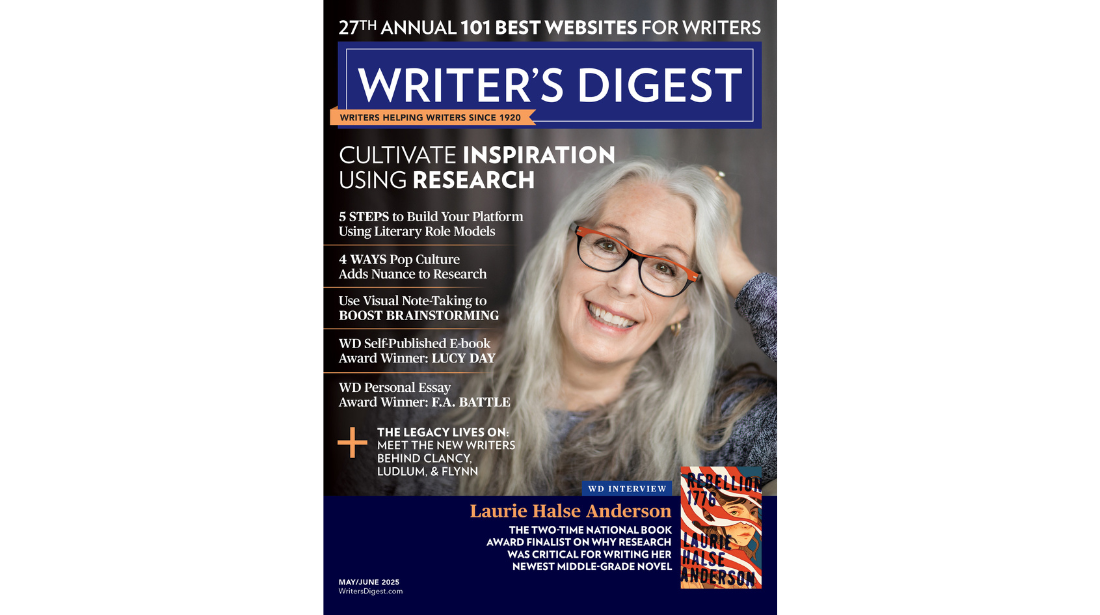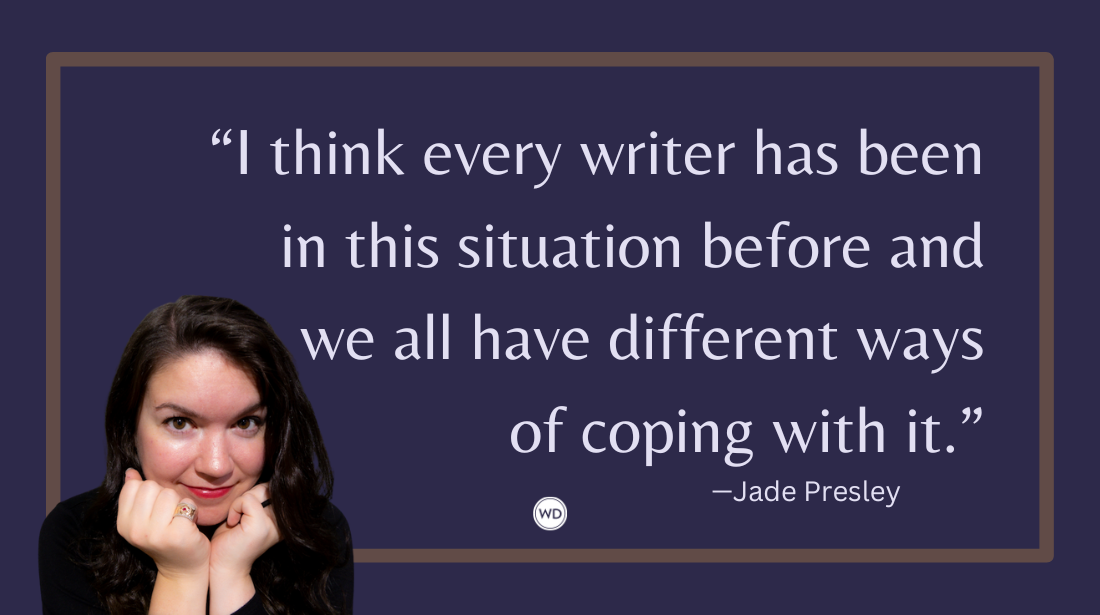Phoebe Fox: On Evolving the Story and Herself
Novelist Phoebe Fox discusses how both she and her book evolved through the writing process of her new novel, The Way We Weren’t.
Phoebe Fox is the author of the Breakup Doctor series (The Breakup Doctor, Bedside Manners, Heart Conditions, Out of Practice) and has been a contributor or regular columnist for a number of national, regional, and local publications, including the Huffington Post, Elite Daily, and SheKnows.
A former actor on stage and screen, Phoebe has been dangled from wires as a mall fairy; was accidentally concussed by a blank gun; and hosted a short-lived game show. She has been a relationship columnist; a movie, theater, and book reviewer; and a radio personality, and currently lives in Austin, Texas, with her husband and two excellent dogs. Find her on Facebook, Instagram, and Twitter.
In this post, Phoebe discusses how her both she and her book evolved through the writing process of her new novel, The Way We Weren’t, what she hopes readers get out of the experience, and more!
Name: Phoebe Fox
Literary agent: Courtney Miller-Callihan/Handspun Literary
Book title: The Way We Weren’t
Publisher: Berkley/PRH
Release date: November 9, 2021
Genre/category: Women’s Fiction
Previous titles: A Little Bit of Grace, the Breakup Doctor series (The Breakup Doctor, Bedside Manners, Heart Conditions, and Out of Practice). Also, as Tiffany Yates Martin, Intuitive Editing: A Creative and Practical Guide for Revising Your Writing.
Elevator pitch for the book: When Marcie Malone faces an unexpected crisis in her marriage, she walks out on everything in her life. In a run-down beach town she forms an unlikely alliance with an angry older man that forces both to face secrets and dark truths from their past—and decide whether to stay lost in the pain of the past or fight for healing and hope with the people they love most.
IndieBound | Bookshop | Amazon
[WD uses affiliate links.]
What prompted you to write this book?
Initially I was fascinated with the idea of what might push a woman to drop everything and walk out on her whole life—and what might happen when she met a man who had long since given up on everything in his.
But it never fully found its feet until many years later, when I met my now-husband relatively late in life, and we had to decide pretty much immediately whether we would have kids. It was a damned hard choice, and either path involves letting go of different visions for your life.
Wrestling with our own crucible, I was able to draw on our struggles to finally understand what haunted both main characters, and how each might help the other to face and move through the betrayals and pain of their past.
How long did it take to go from idea to publication? And did the idea change during the process?
I started this story very early in my writing career, and it has evolved a lot in the decade-plus since then. What remained constant was the heart of it: the woman on the run from her life, the angry older man who rescues her from the beach, and the unlikely friendship that develops between them.
But pretty much everything else changed—the plot, the characters’ backstories, their motivations, most of the supporting characters, even one of the protagonists (I started with three—Marcie’s husband Will used to have his own POV and story).
I’d never been able to let go of the story, though, even as I had five other books published in the meantime, and it was always very close to my heart. When Berkley bought my previous novel, A Little Bit of Grace, in a two-book deal, this story was one of three that I pitched to my editor, Cindy Hwang, as a follow-up title, and I was overjoyed that she chose it. I’ve wanted to share this one with readers for a long time.
Were there any surprises or learning moments in the publishing process for this title?
One thing I surprised myself with on this title—my sixth—was that I felt more willing to speak up for things I felt strongly about. I’m a bit of a pleaser in general, and I try to be easygoing and defer to the experts when I’m fortunate enough to have access to people as knowledgeable and experienced as my team at Berkley.
But I pressed a bit on some things that felt important to me with this book—the cover, for instance, the art department’s design for which I loved, but I had a specific vision for the colors, and I sent back notes a few times trying to get them just right.
I was delighted to realize that far from my alienating the team, expressing my preferences and ideas showed me just how much of a partnership the publication process can be—and that it let me feel more involved in the whole process, not just the writing of the book.
Were there any surprises in the writing process for this book?
A lot of my stories are surprises, because I’m a bit of a pantser—I tend to start with characters who intrigue me, a rough idea of the general story, and a theme or idea I want to explore and see where the story and the characters want to go.
In some ways I think that kneecaps me a bit—I have reams of discarded pages for this one, even more than usual, and it took me a long time to find the spine of it. But I also think this story needed to grow and evolve before I could fully develop it—and that I did, too. I drew on some powerful experiences and feelings I hadn’t yet had when I started writing it, and I also grew as a writer in the intervening years, and my style evolved a bit with this title as well. All that took time and lots of writing.
I think to a degree it’s the element of surprise that makes me want to write a story in the first place—and is the reason I’m probably always going to lean toward pantsing: If I know ahead of time what’s going to happen to these characters, I lose interest in writing the story.
Revision is a normal part of writing—the main part, in my opinion, where the story fully takes shape and depth—so I don’t mind floundering around with the characters till they’re ready to show me where they’re headed. They’re telling me their story as much as I’m telling it on the page.
What do you hope readers will get out of your book?
Two lessons my mom always taught us formed the backbone of this book: that life is a series of choices, and that we are only as happy as we decide to be with the choices we’ve made.
They’re encapsulated in the wonderful quote I used as an epigraph for the book from Dan Gilbert’s wonderful TED talk on the science of happiness: “We have within us the capacity to manufacture the very commodity we are constantly chasing.”
It’s peaceful to realize that—that our happiness resides within ourselves. I’d be pretty happy if readers come away with that idea.
If you could share one piece of advice with other authors, what would it be?
This is a business where so often it feels as if authors have the least amount of control over the course of their career of anyone involved, and it can suck out the soul of why we started writing in the first place.
I think it’s important to stay in touch with what stories call to you that you want to write, why you want to write them, and what you get out of doing it—independent of the “product” of it: whether it’s published, how well it sells, whether it’s well reviewed, etc.
It was the work itself that drew most of us to this craft—the love of writing and story and words. We get bogged down in the scramble of it all and forget to relish the pure pleasure of creating the worlds we dream of, and sharing them—whatever that may look like.
Robert Lee Brewer is Senior Editor of Writer's Digest, which includes managing the content on WritersDigest.com and programming virtual conferences. He's the author of 40 Plot Twist Prompts for Writers: Writing Ideas for Bending Stories in New Directions, The Complete Guide of Poetic Forms: 100+ Poetic Form Definitions and Examples for Poets, Poem-a-Day: 365 Poetry Writing Prompts for a Year of Poeming, and more. Also, he's the editor of Writer's Market, Poet's Market, and Guide to Literary Agents. Follow him on Twitter @robertleebrewer.








